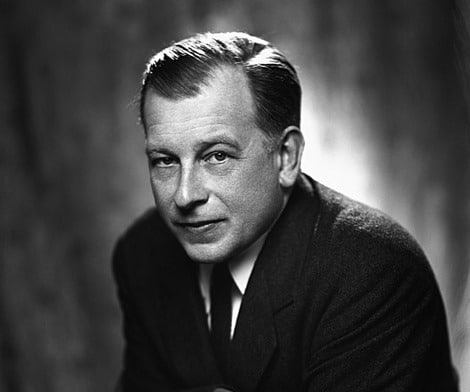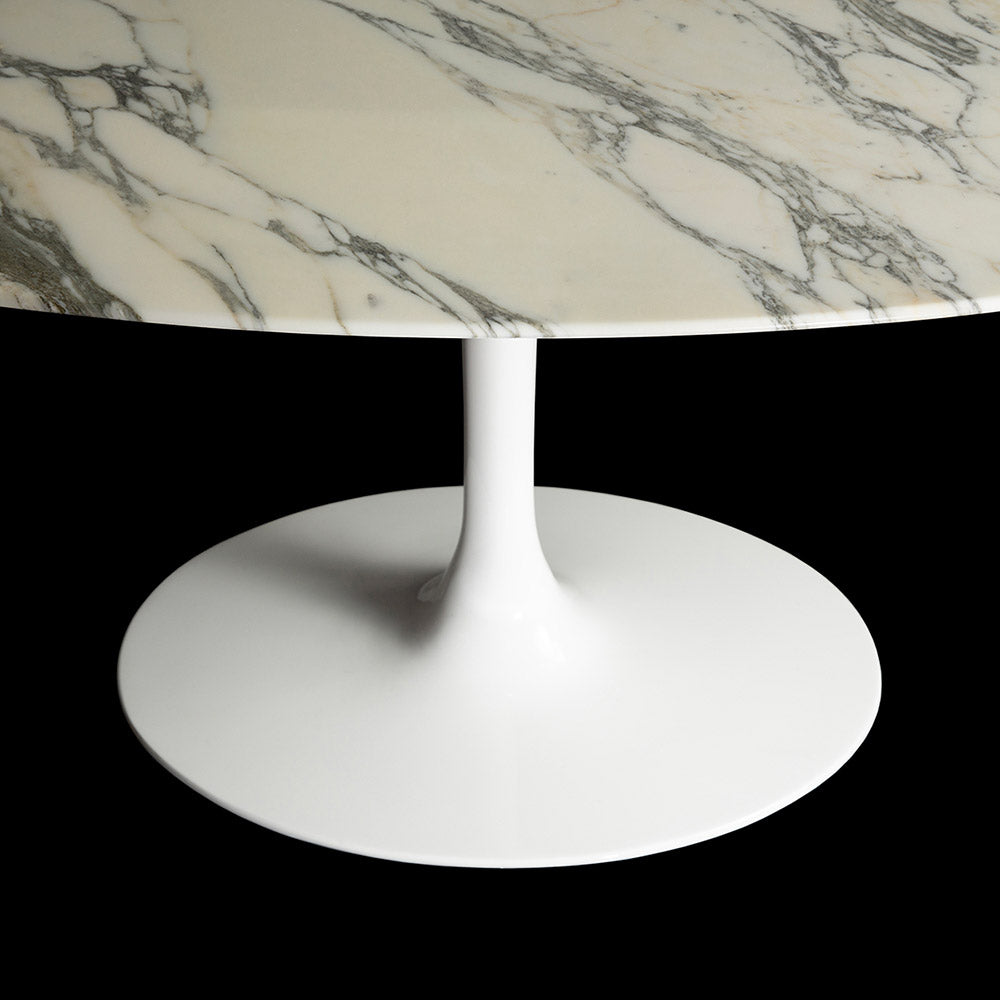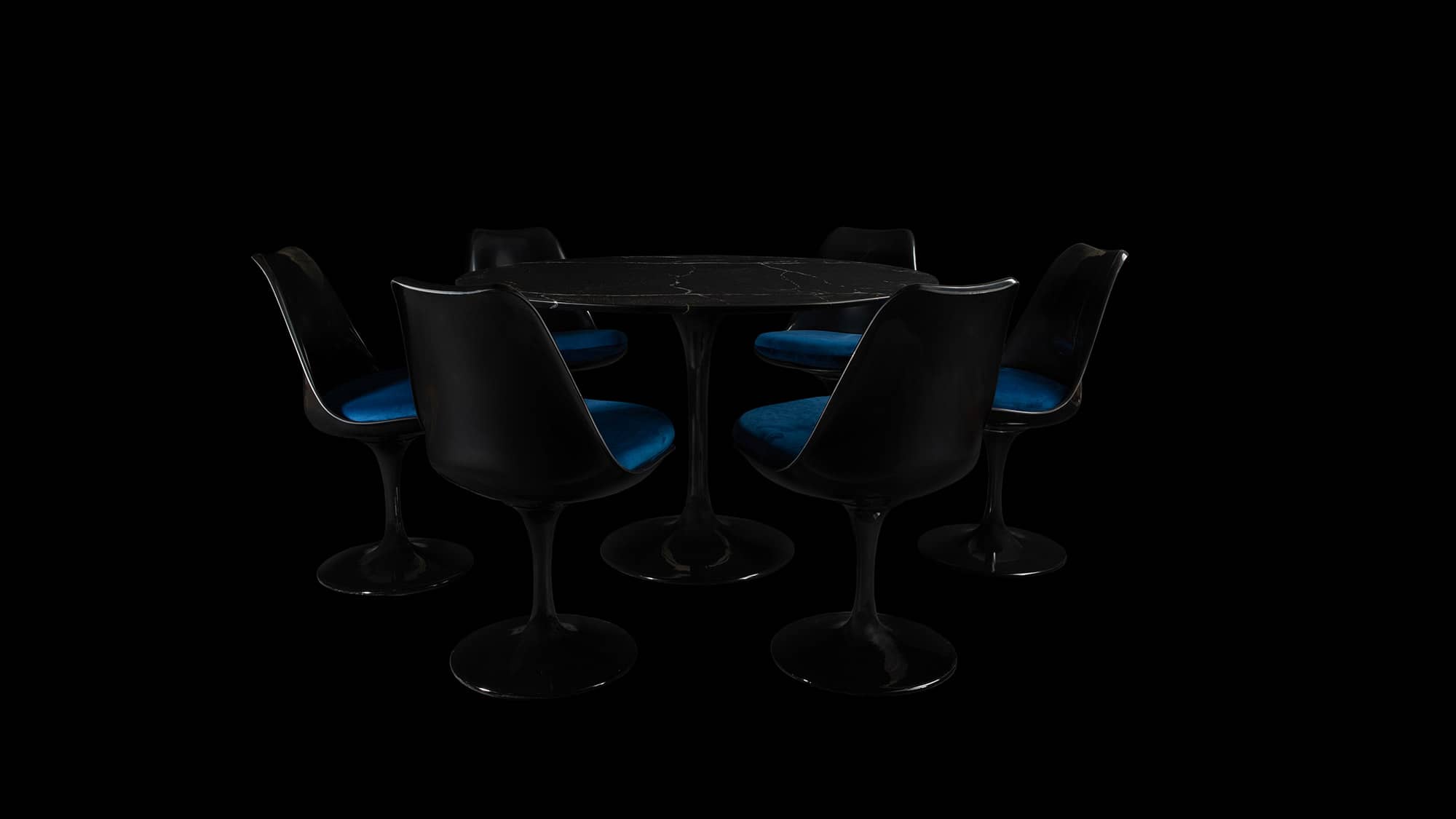
(1910 - 1961)
Eero Saarinen
Taken early aged a mere 51, Eero Saarinen was a prominent, pioneering figure of the mid-century design movement and era. Yet another graduate of the renowned Cranbrook Academy of Design, Saarinen was a world respected & successful architect who also had the ability to create incredible furniture designs (originally for Knoll, creating designs still made & loved to this day)

What's in a name?
We cannot imagine the Tulip Table & matching Tulip Chair being called anything else! But in the early design phases it was initially known as the ‘Pedestal Group’. But the design, inspired from nature, took on its lasting name and never looked back.

A Change with the times
Originally designed in 1955 using hand moulded fibreglass, the Tulip Chair later utilised modern plastic technologies by the 1990’s.
We are proud however to be able to go back to this wondrous design’s roots, with modern eco-friendly fibreglass production methods. Fibreglass is far more durable than its plastic counterpart and potentially offers decades of service.

A Philosophy Borne Out
Saarinen had a furniture design philosophy –
“in any design problem, one should seek the solution in terms of the next largest thing. If the product is an ashtray then the way it relates to the table is its influence. So if it is a chair, then its solution must be found in the way it relates to the room”
Saarinen's Tulip Table & Chair continue to relate to every room.

